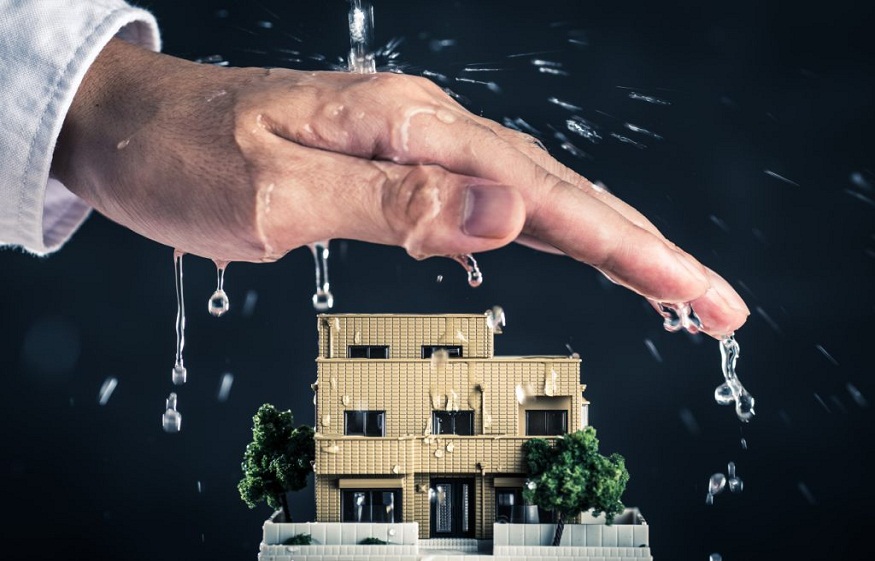Waterproofing is one of the most critical aspects of building maintenance, often neglected until the damage becomes visible. Efficient waterproofing methods can save the structure from moisture-related damages, increasing its life and saving the owners from costly repairs, be it a commercial complex, residential building, or industrial facility. With varied topography and climatic conditions coupled with different architectural styles in India, the adaptation of suitable waterproofing methods that consider the needs of a building is essential for long-term durability.
Waterproofing solutions have to bear extreme temperature fluctuations in cities like Delhi, where the weather drastically varies between hot summers and cold winters. Best waterproofing techniques in Delhi keep the building safe from cracks, leakage, and deterioration resulting from these seasonal changes. Techniques such as polymer-based coatings, elastomeric membranes, and new sealants are genuinely effective, with excellent resistance to water penetration and structural shifts. A city full of historic and modern buildings calls for a practical waterproofing approach to preserve the structures, whether heritage sites or modern ones.
On the other hand, the humid tropical climate of Kerala has its challenges, with heavy monsoons and high moisture dominating most of the year. In such a region, buildings are highly prone to persistent dampness, mould growth, and waterlogging. Therefore, the best waterproofing techniques in Kerala help fight these issues by ensuring that the structures are resilient against incessant moisture. Recommended approaches include bituminous waterproofing, liquid-applied membranes, and advanced drainage systems, which are widely adopted in this coastal state. This prevents mold and mildew growth, therefore protecting the integrity of the building and contributing to a healthier living environment.
A common factor among all types of buildings is the need to waterproof critical areas such as roofs, basements, and bathrooms. Roofs are directly exposed to rain and harsh sunlight and thus require high-quality waterproof coatings to avoid leakage and thermal stress. Similarly, basements, usually below ground level, are prone to seepage due to soil moisture. Water ingress can weaken the foundation and pose severe risks to the structure without proper waterproofing. Waterproofing systems like negative-side waterproofing and crystalline treatments address such issues quite effectively.
In contrast, the bathroom always represents a source of inner moisture. Waterproofing such places involves sealing their floors and walls with unique coats resistant to prolonged water contact. This includes techniques such as applying epoxy-based coats or slurries of cementitious material to make the concrete or ground impervious to water. Proper bathroom waterproofing provides additional protection against dampness on the premises close by while enhancing hygiene because these conditions do not favour microorganisms’ development.
In India, the type of building- residential, commercial or industrial- also determines the waterproofing method to be applied. Waterproof paints and sealants are cost-effective and easy to use in residential properties. Due to their scale and usage patterns, commercial spaces often require a combination of sheet membranes, liquid applications, and injection grouting for comprehensive protection. Exposed to chemicals and machinery, industrial facilities do call for heavy-duty solutions like polyurethane coatings, which can handle the most adverse conditions and keep moisture at bay.
The selection of waterproofing materials is paramount for ensuring long-term efficiency in operations. Modern varieties that complement the conventionally used include polyurea and acrylic-based coatings, besides traditional ones such as tar and bitumen. Such modern materials, meanwhile, promise superior waterproofing and ecological compatibility, befitting the growing demands for greener construction practices.
The actual condition assessment is the proper strategy in waterproofing. There is a need to determine the actual damage, weak points, and character of the water intrusion to tailor the correct solution for the problem at hand. Equal importance will be engaging experienced professionals to execute the work with the due regard that every layer is applied as required.
In this respect, incorporation at an ideal time allows advanced techniques from the foundation in the initial construction phases. As far as retrofit solutions for old building stock are concerned, it also serves pretty well.
Pressure grouting and chemical injections strengthen ageing structures, thus imparting a fresh lease of life in them. The importance of regular maintenance for waterproofing must be stated more. Even the best-applied techniques may be worn away with time and natural elements. In such instances, routine inspections and timely repairs ensure the waterproofing system remains intact while avoiding scaling minor problems into large-scale damage.

